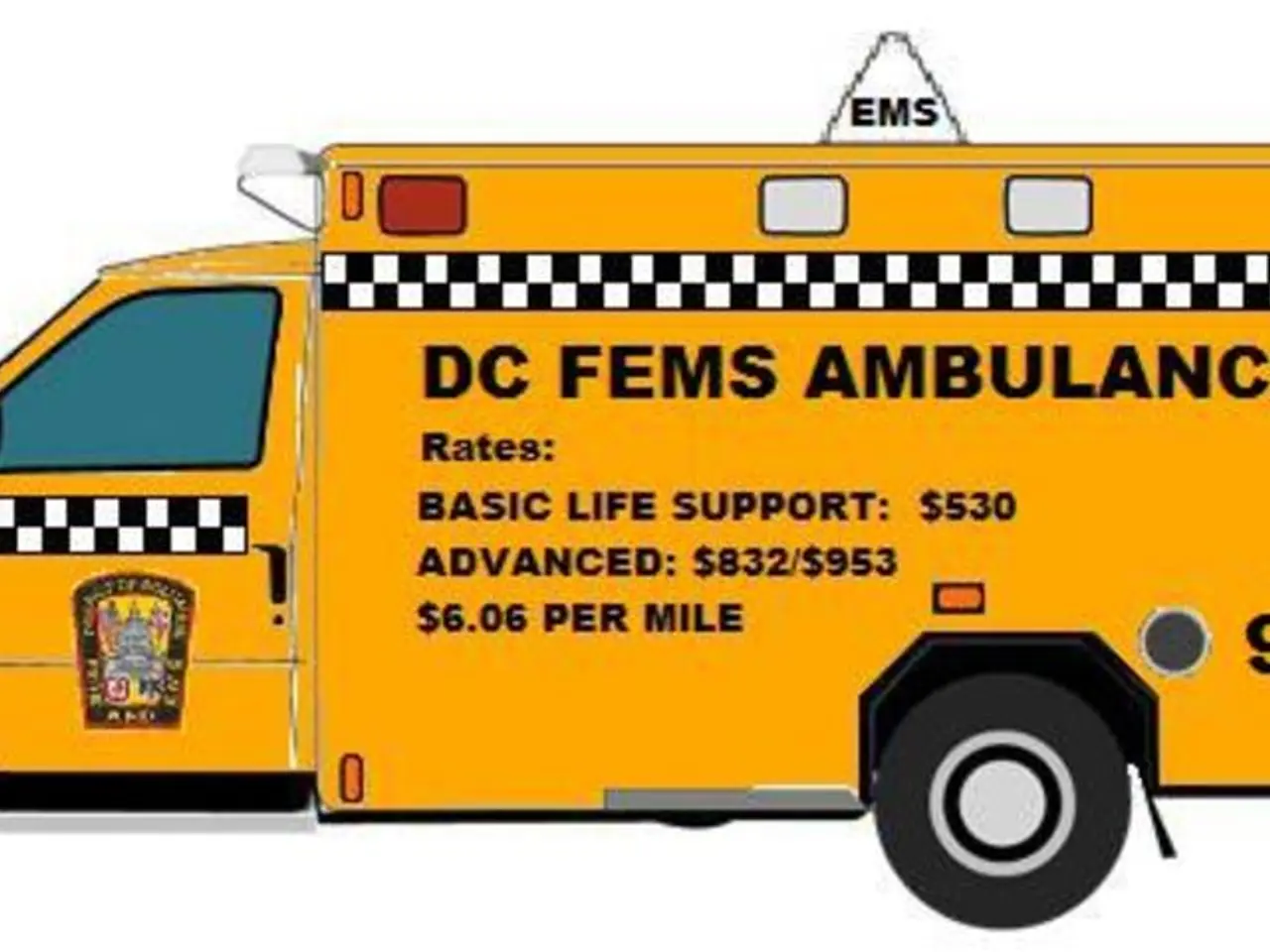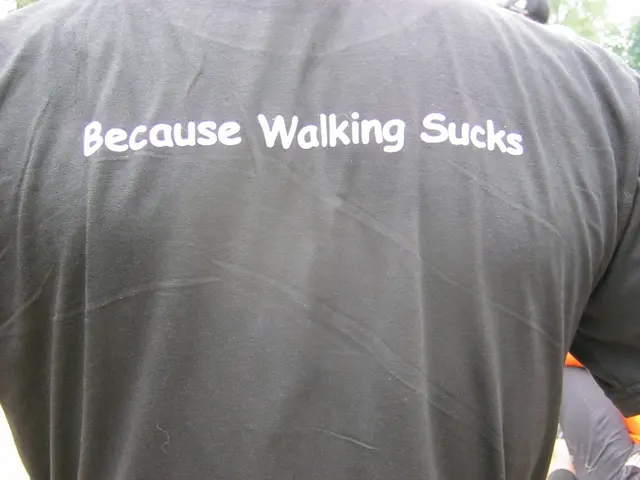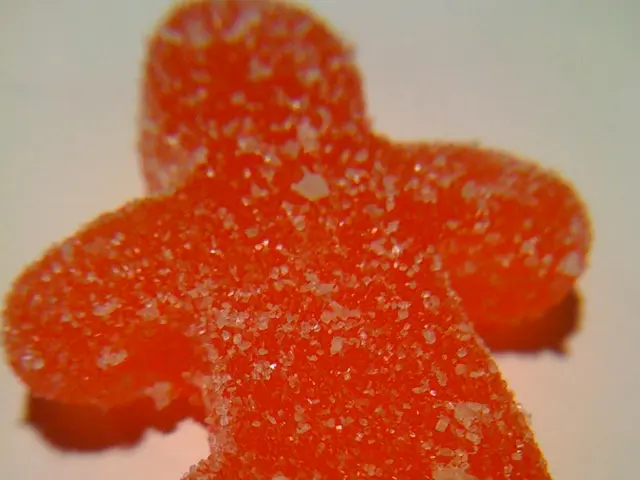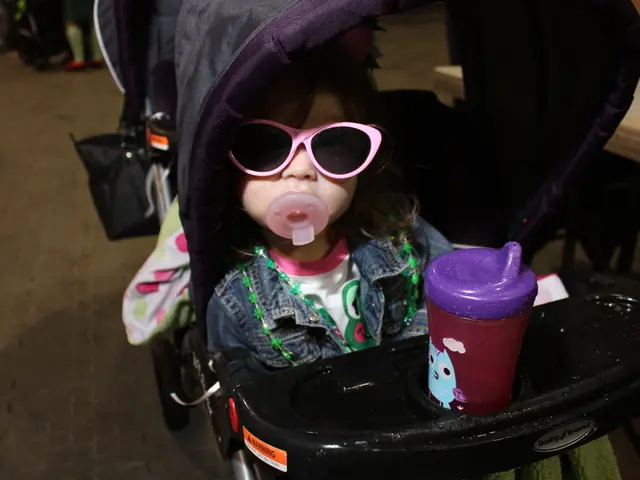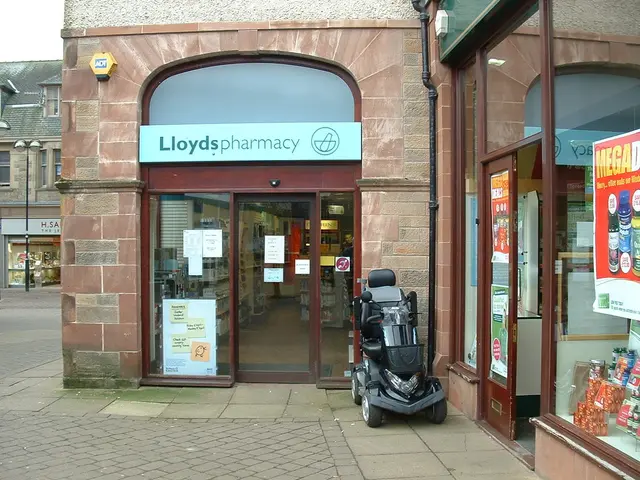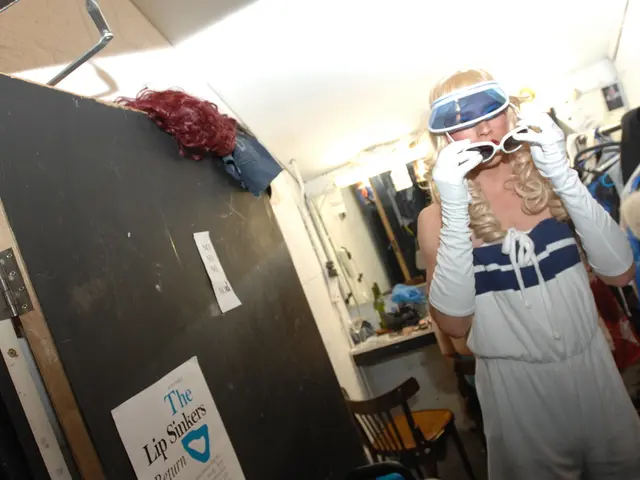Officers in Mainz save an elderly man's life through a stem cell donation, with the heroic act carried out by a 28-year-old police officer.
In a heartwarming story of international cooperation, Officer Lars Budzynski from Mainz, Germany, has become a potential stem cell donor for a 60-year-old American. This life-saving opportunity came about through his registration with the German Bone Marrow Donor Registry (DKMS).
The DKMS, a renowned organisation that maintains a large database of registered donors, primarily matches potential donors with recipients in need of stem cell transplants by comparing their human leukocyte antigen (HLA) tissue types. This matching process is crucial, as it focuses on the compatibility of HLA markers, which is essential for a successful transplant and reducing the risk of rejection.
When a patient requires a stem cell transplant, their HLA profile is compared against the HLA types stored in the DKMS registry. If a highly specific match is found, the donor is contacted for further testing before donation. The stem cells can be collected through Peripheral Blood Stem Cell collection (PBSC), the most common method, or through bone marrow collection when required.
Officer Lars Budzynski agreed to donate stem cells, and the necessary cells were collected from him through a process called apheresis. During this procedure, blood is taken from one arm, passed through a machine that filters out the stem cells, and then returned to the body through the other arm. The entire process usually takes between three and five hours.
DKMS collaborates internationally, sharing donor information with other registries such as the NHS Stem Cell Donor Registry, to improve the chances of finding a match for patients globally. This international coordination is crucial because about 50% of unrelated donor transplants occur through cross-border exchanges facilitated by registries like DKMS and platforms managed by organizations such as the World Marrow Donor Association.
Officer Lars Budzynski feels a special connection to his recipient, as he may have saved his life. He plans to write a letter to his recipient at the end of the year, but they will not have personal contact until two years have passed due to medical protocols.
Registration with the German Bone Marrow Donor Registry (DKMS) can be done through a simple cheek swab, making it an easy and accessible process for anyone. Potential donors are considered and contacted for further preliminary examinations if they match with a person who needs a stem cell transplant.
The Stefan Morsch Foundation, a location where one can register for the German Bone Marrow Donor Registry (DKMS), also offers the option to register using a saliva or blood sample. Registration with the German Bone Marrow Donor Registry (DKMS) significantly increases the chance that patients can find a donor suitable for life-saving stem cell transplantation.
Officer Lars Budzynski's registration with the German Bone Marrow Donor Registry (DKMS) seven years ago has led to this incredible opportunity. His story serves as a reminder of the importance of registering and the potential impact one can have on someone's life. If you are considering registering, remember that you could be the match someone is waiting for.
- Officer Lars Budzynski's registration with the German Bone Marrow Donor Registry (DKMS) seven years ago contributed to a potential match with a 60-year-old American in need of a stem cell transplant, showcasing the importance of health-and-wellness organizations like DKMS in medical-conditions like cancer.
- The DKMS, in cooperation with international registries such as the NHS Stem Cell Donor Registry, sources stem cell donors from its extensive database, matching HLA tissue types to reduce the risk of rejection in therapies-and-treatments like stem cell transplants.
- Registering with the Stefan Morsch Foundation, a location where one can sign up for the German Bone Marrow Donor Registry (DKMS), can increase the odds of finding a donor suitable for life-saving stem cell transplantation, encouraging individuals to consider joining the registry and potentially making a significant difference in someone's life.
